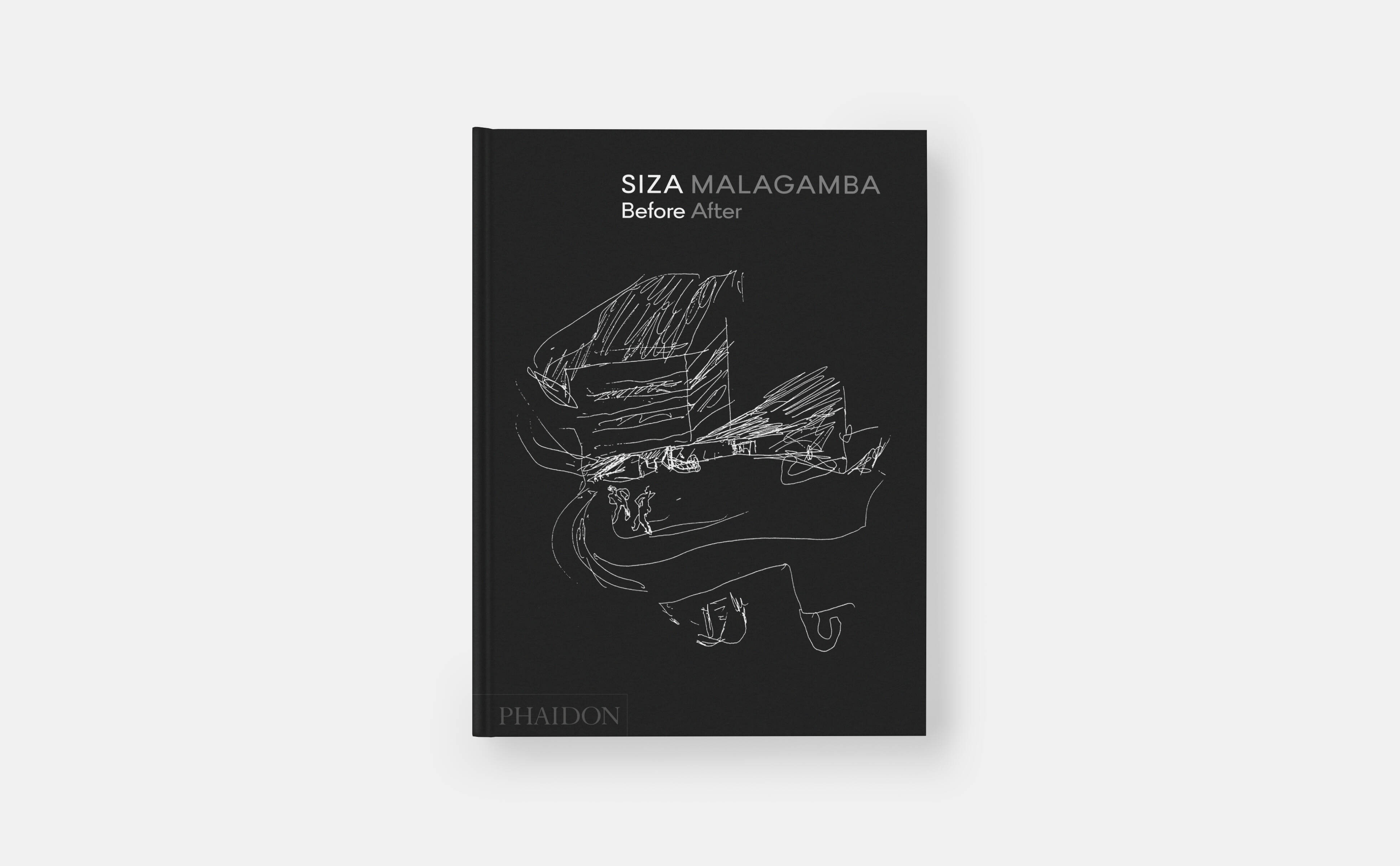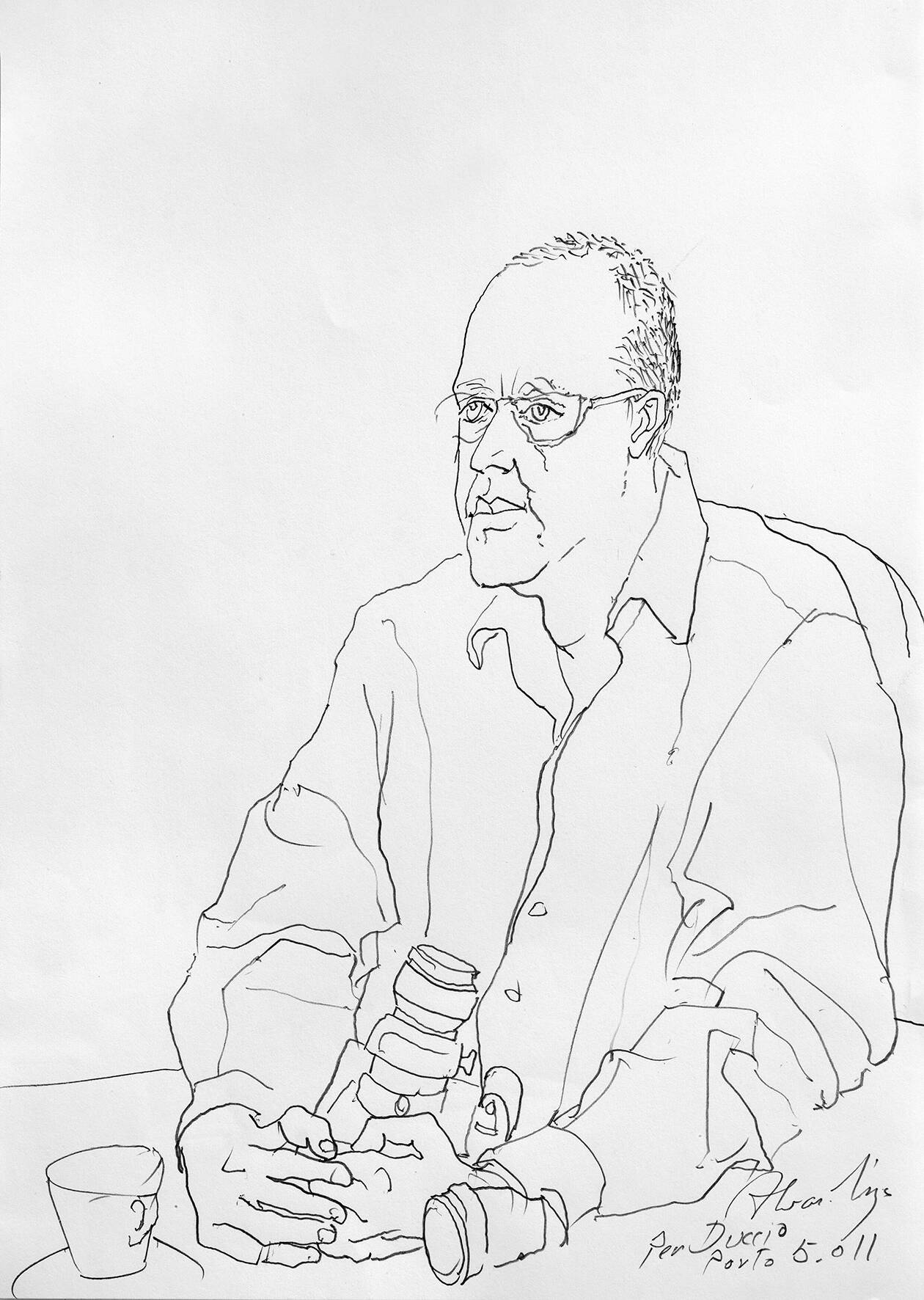
Duccio Malagamba on how he photographs Álvaro Siza buildings
The acclaimed architectural photographer tells us about new book Before / After
Álvaro Siza is widely regarded as one of the most important architects in the last century. His work has been described as ‘poetic modernism’, the sculptural forms of his buildings harmoniously integrating with their surrounding environments.
Telling a visual story of twenty projects selected by Álvaro Siza, our new book, Siza Malagamba Before After, elegantly traces the architect’s designs from their infancy in his mind to their built form, featuring projects such as the Iberê Camargo Museum in Brazil, the Santa Maria Church in Portugal, and the Ribera Serrallo Sports Complex in Spain.
Each project featured is illuminated by both preparatory sketches from the architect himself but also by photographs from the acclaimed architectural photographer Duccio Malagamba, who has worked closely with Siza for 30 years, ensuring that the spirit of the architect’s works, and his approach to space, volume, and environment, is always accurately evoked.
As Malagamba writes in the introduction to the book: "Since the early 1990s, I have done my best to freeze the wide range of sensations I experienced while spending days in buildings he designed, and I would consider myself satisfied if I were able to transmit a quantum of the solace I tasted there.”
The book has been conceived, revised, and enriched by both men. The selection of the projects, the compilation of the drawings and the feature texts reflect the architect’s own selections, and his reflections have also guided the design of the book and the curation of photographs.
We sat Duccio Malagamba and asked him some questions about his exquisite photography in general, and the new book, which you can buy here.
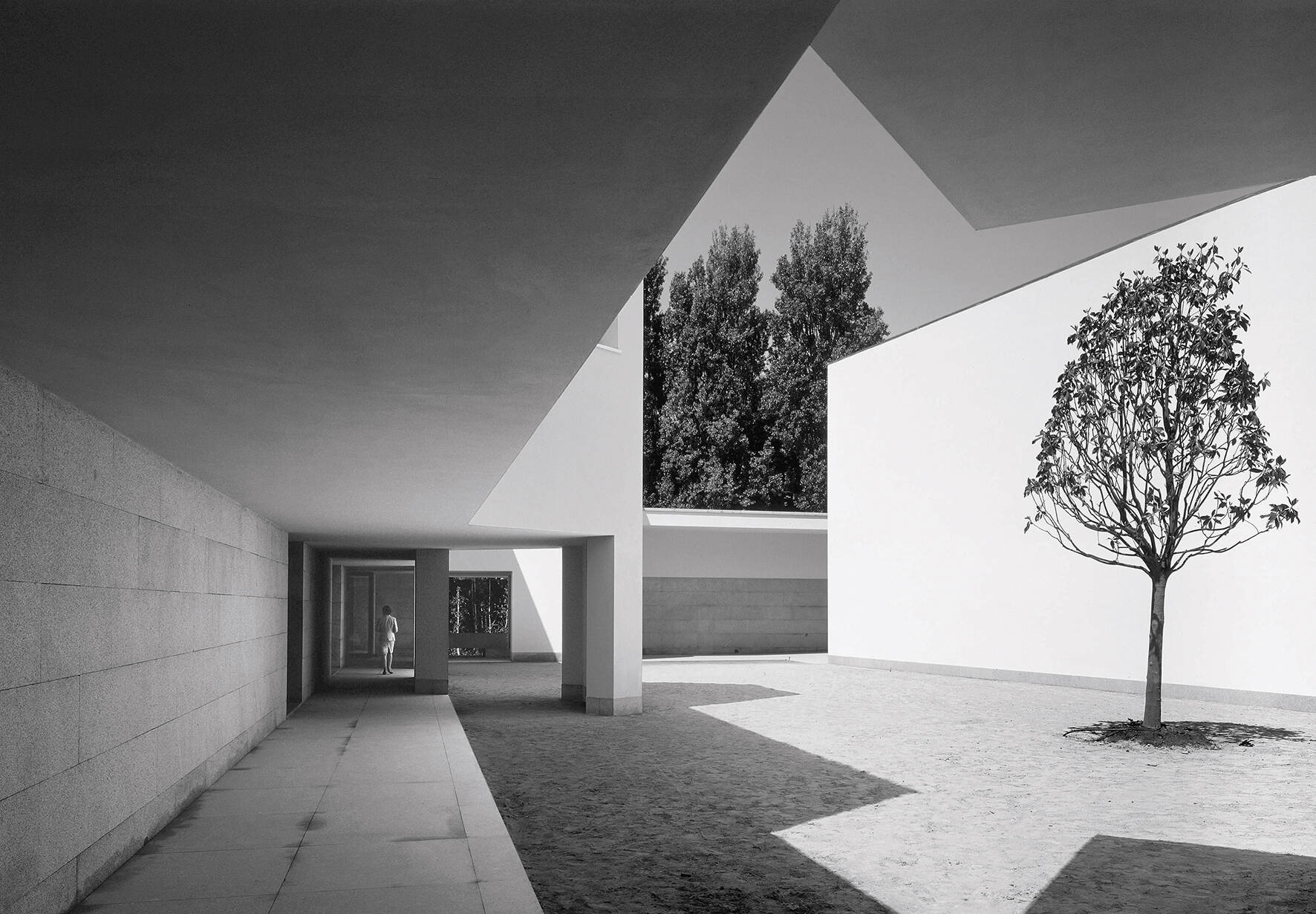
Serralves Museum of Contemporary Art, Porto, Portugal 1991-1999. Photograph by Duccio Malagamba Picture credit: © Duccio Malagamba
How was the process of making the book for you? It has been an extremely long process - more than ten years - with a lot of back and forth. Moreover, I have been in charge not only of the concept of the book, in constant dialogue with Architect Siza, but also of the graphic design and the preparation - and in some cases the writing - of the texts.
Broadly speaking, the project as a whole has remained as it was proposed to the publisher, and for someone who had never designed a book before, this is a source of great satisfaction.
How do you set about photographing a Siza building, what are the elements that go into your research beforehand? I really like to be surprised by any new project by Siza, therefore I try to know as little as possible about it in advance. I am conscious that I will spend many hours – actually several days - in and around the building and for this reason I am not concerned about arriving on site completely prepared.
I have followed Siza for more than 30 years now, so it would be quite strange for me to feel disoriented in front of one of his works. In any case, it is quite hard to arrive completely fresh to the building, because you always have some kind of knowledge beforehand.
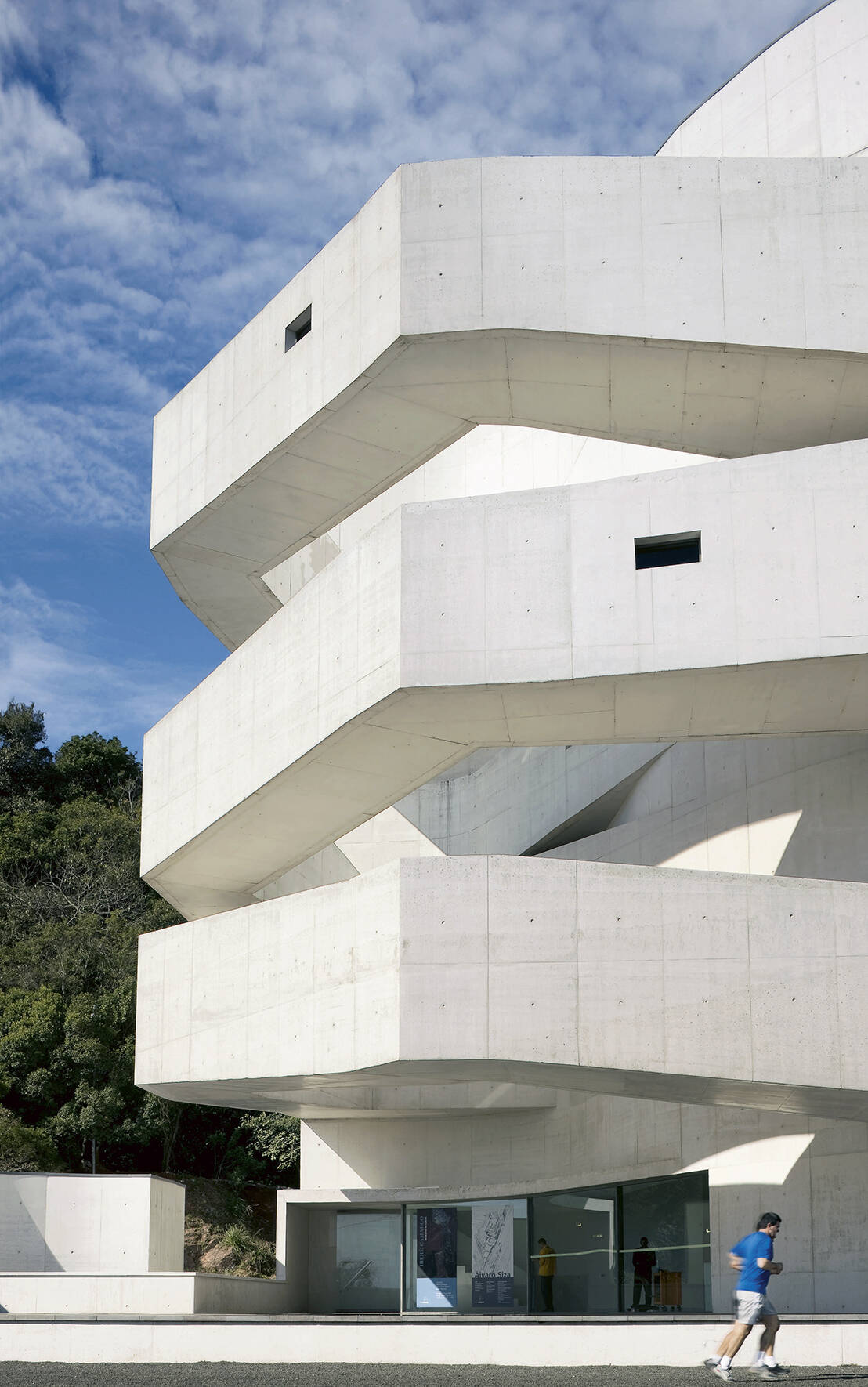 Iberé Camargo Foundation Museum, Porto Alegre, Brazil, 1998–2008. Photograph by Duccio Malagamba Picture credit: © Duccio Malagamba
Iberé Camargo Foundation Museum, Porto Alegre, Brazil, 1998–2008. Photograph by Duccio Malagamba Picture credit: © Duccio Malagamba
What is it about his buildings that attract you or interest you – personally and professionally? Siza's work is very special; it's a type of architecture that is unmistakable. I think it's a mixture of simplicity and, at the same time, care and love for detail. He achieves poetry with as few elements as possible. His work is a masterclass in how to solve the problems of a project with the utmost simplicity and refinement.
How did you get into photographing architecture, what drew you in? As a teenager, when the father of one of my best friends – an amateur photographer - allowed us to join him when developing films. The miracle of the apparition of the veiled images in the reddish darkness of the laboratory impressed me deeply. Soon after, I decided that when I grew up I wanted to be a photographer, and I even managed to sell some photos of my travels. When I finished high school, my parents insisted that I get a university degree. I choose, rather accidentally, the School of Architecture, when I found out there was a module on photography.
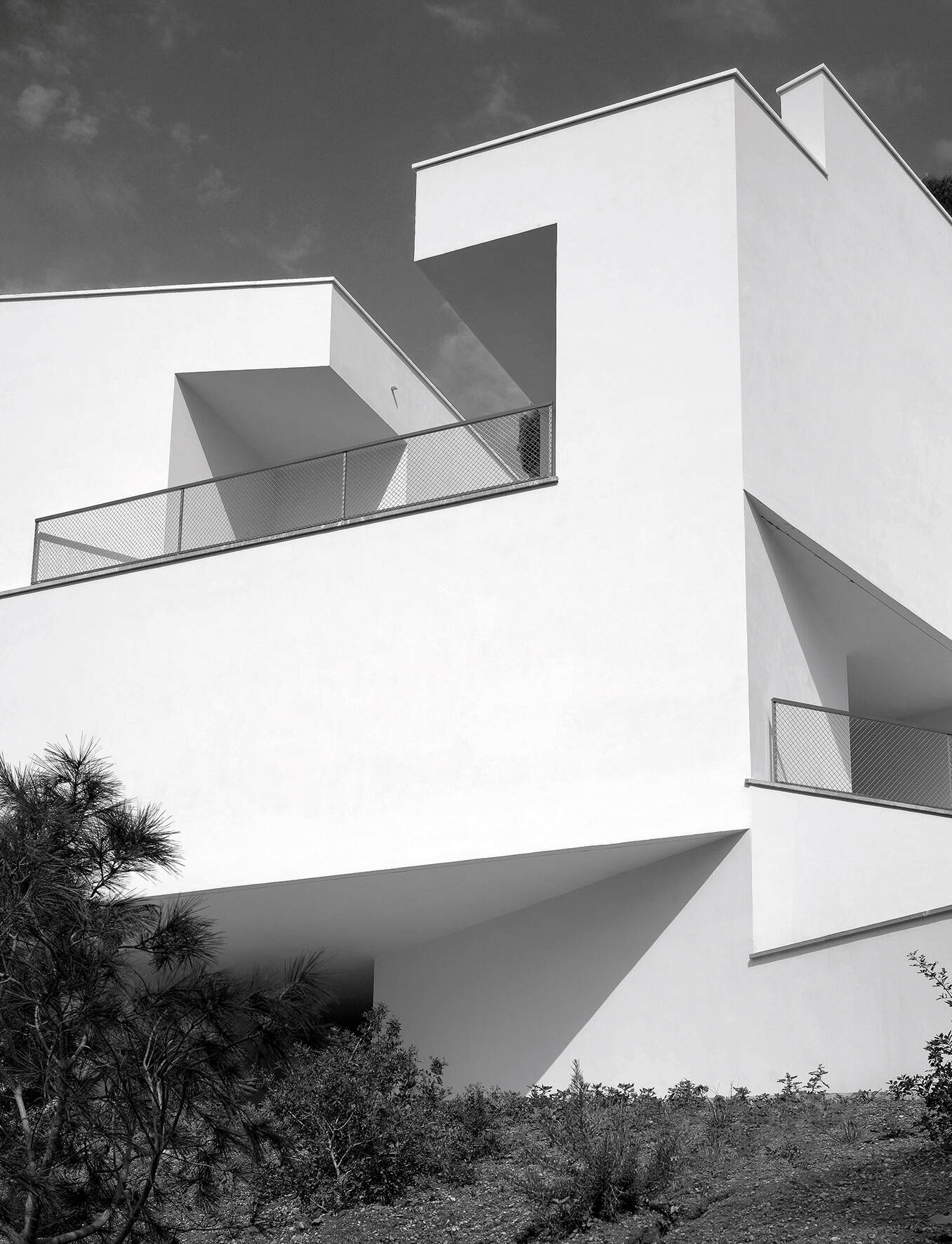
Summer House, Majorca, Spain 2002–2008. Photograph by Duccio Malagamba Picture credit: © Duccio Malagamba
What are the elements you look for in Siza buildings and in your wider work? As I have been trained as an architect, I am always very interested in a wider range of themes related with the project aside the pure aesthetics of the building: the use of materials, the organization of the space, the relation with the context, the construction details.
Is there a desire to accentuate Siza’s work in your photographs or record it methodically? Photography is a very powerful instrument, which has no language barriers and instantly connects with a spectator who, moreover, has a tendency to believe that what he or she is seeing corresponds to reality.
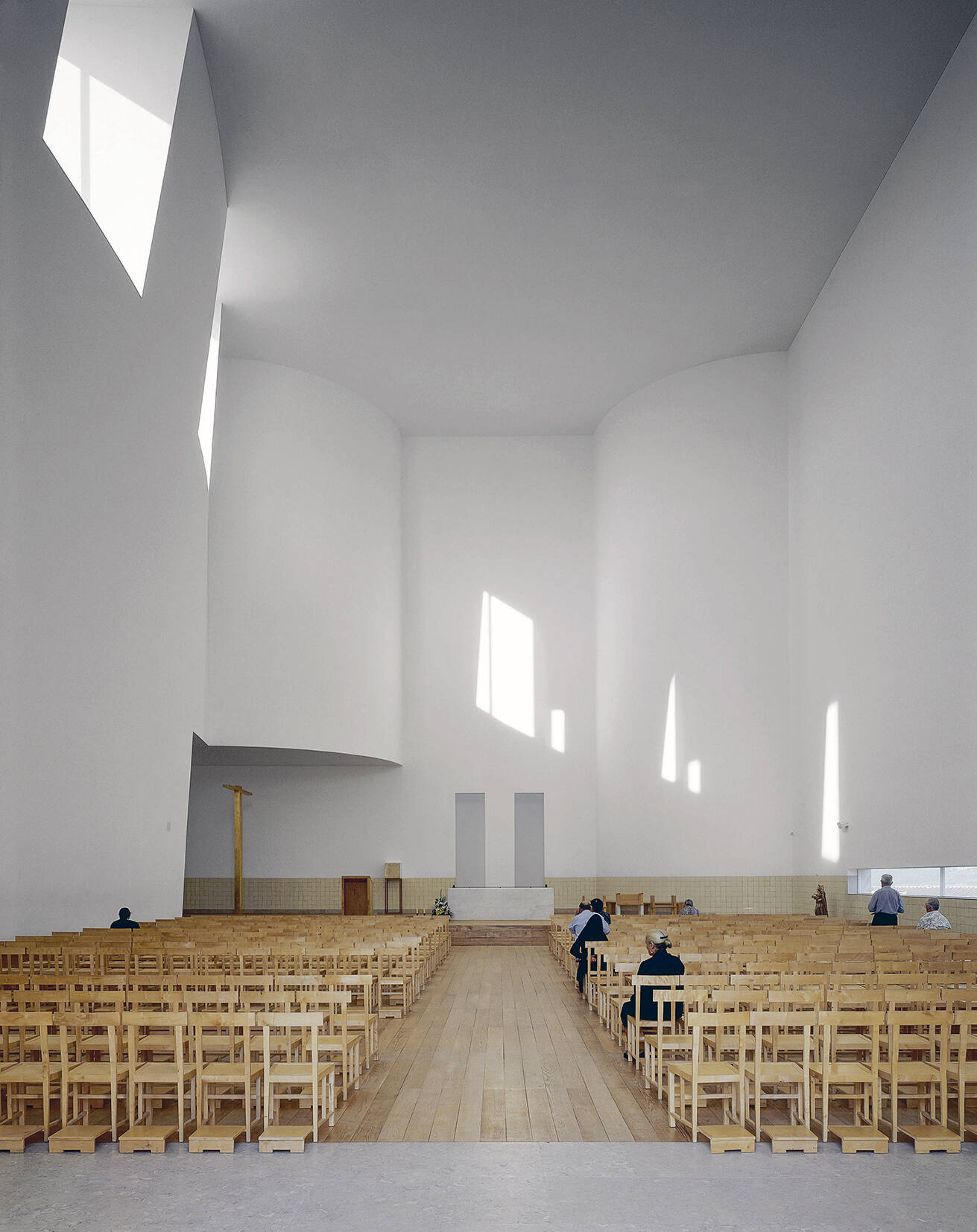
Santa Maria Church, And Parish Centre, Marco de Canaveses, Portugal, 1990-2004. Photograph by Duccio Malagamba Picture credit: © Duccio Malagamba
By choosing the framing, the point of view, the optics, the depth of field, the colour temperature, the exposure time, the time of day, the lighting, the presence or absence of people, we can shape reality in such a way that it is in our hands to clarify or confuse. We need to have clear ideas in order not to waste the possibilities that the camera offers us to underline, explain and highlight what is worthwhile in the intervention.
What role does light play when you photograph his buildings? There is no doubt that the skilful management of the lighting conditions is a must for any photographer, but it is true that in the case of delicate and sensitive architecture such as that of Siza, this control of lighting becomes, if possible, even more fundamental. There are small gestures, refined details, which can fade using an inadequate light, while on the other hand, they can take prominence if attentively lit.
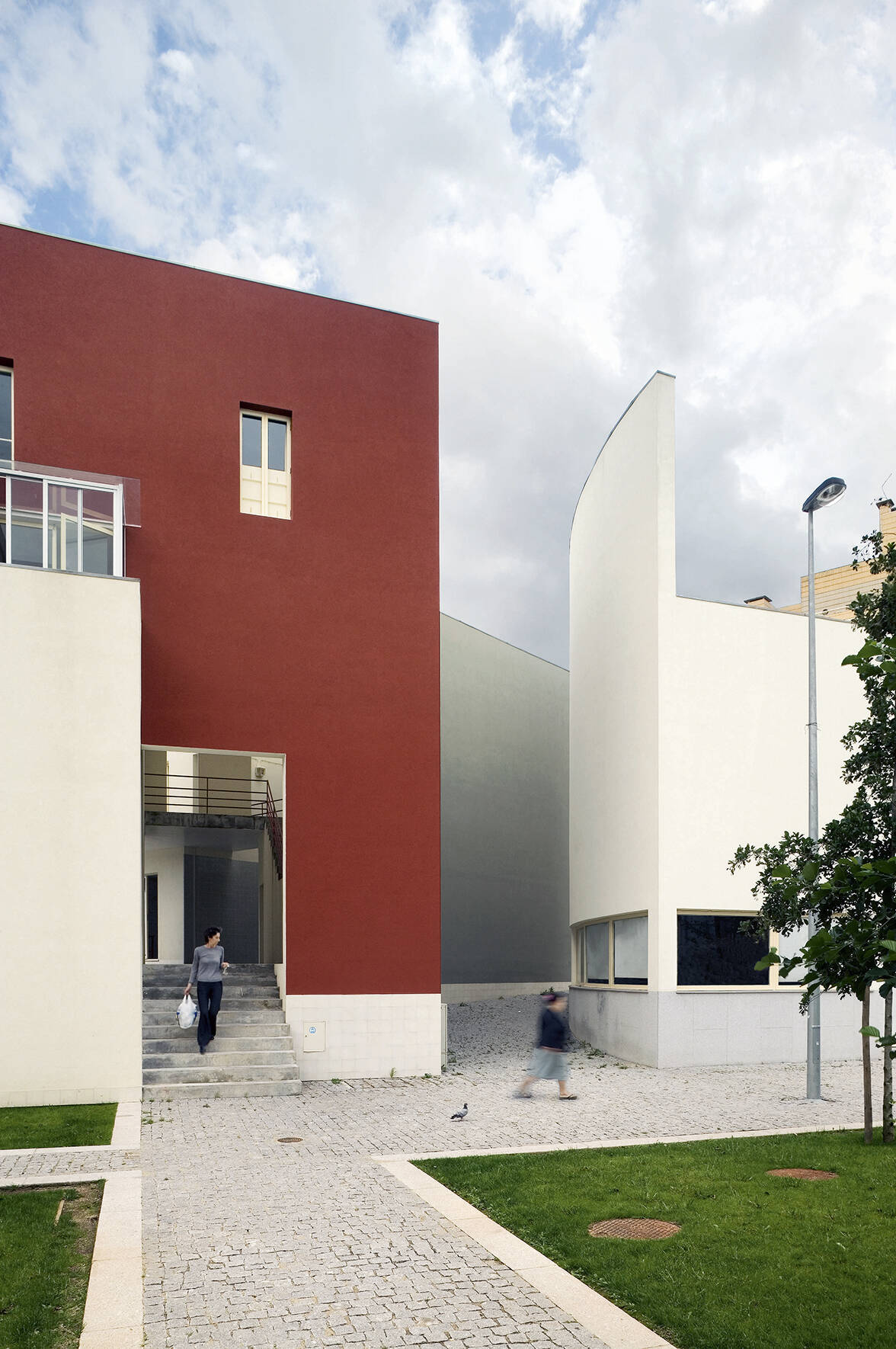
SAAL Bouça Social Housing, Porto, Portugal 1972–2006. Photograph by Duccio Malagamba Picture credit: © Duccio Malagamba
You must have a favourite building of his to photograph, which is it and why? Your photographs of the faculty of information sciences are particularly stunning! Thanks for your appreciation! There are many projects that I like more, but I would not be able to choose one in particular as the “best”.
From the images in the book, I would mention the Marco de Canaveses Church, the Iberé Camargo Foundation and the Saya Park Pavilion. Each one of these interventions reach, in my opinion, the highest level of elegance, innovation and poetry that almost every project of Siza contains to some extent.
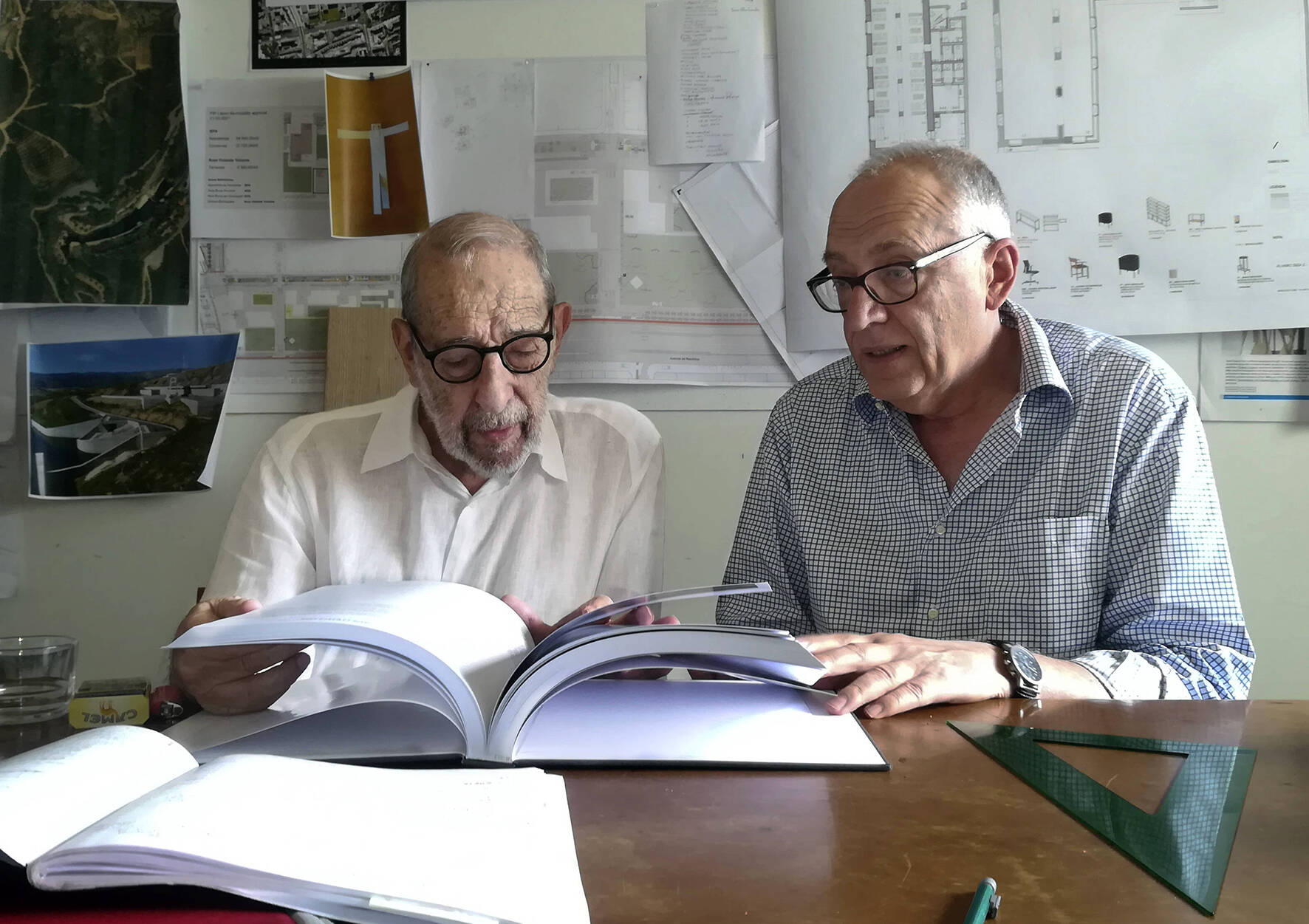
Álvaro Siza and Duccio Malagamba. Photo courtesy Duccio Malagamba.
And do you have a favourite photograph out of the many you have taken of his buildings? As you can easily understand, having taken hundreds of images of Siza’s buildings, there are many that I particularly like. Nevertheless, would I be forced to choose, there is one that stands out from the rest: it is the photograph reproduced on page 8 of the book. It is no coincidence that it is the first photograph to appear in the book. For me it encapsulates the balanced composition, refinement and mystery of the Portuguese master's work.
As a photographer do you notice any recurring themes in his buildings that maybe an architecture historian may not notice? Generally speaking, I doubt that an architecture historian spends as much time in Siza's buildings as I spend, but at the same time it would be presumptuous of me to think that I might notice something that an expert wouldn’t see.
When I am working there are many things that can distract me, the changes in lighting, people moving around, the search for the right point of view, whereas an architectural historian is only supposed to be focused on researching the aspects that interest him or her. This probably makes their time more efficient than mine.
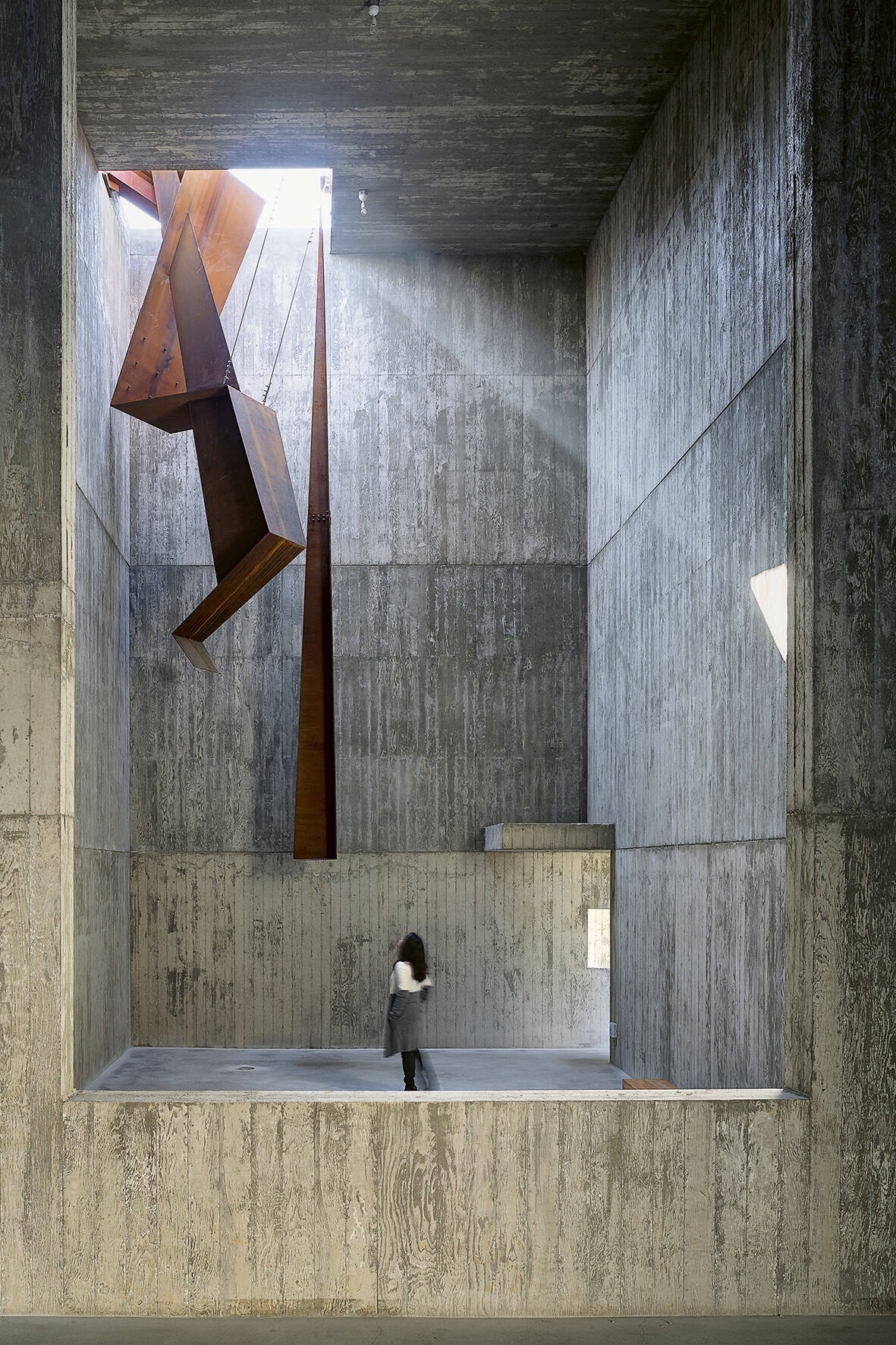 Saya Park Art Pavilion, Gyeongsangbuk-do, South Korea, 2015–2018. Photograph by Duccio Malagamba Picture credit: © Duccio Malagamba
Saya Park Art Pavilion, Gyeongsangbuk-do, South Korea, 2015–2018. Photograph by Duccio Malagamba Picture credit: © Duccio Malagamba
How much post-production do you do on the photographs and what sort of things does this entail? Since the advent of digital photography I usually spend a lot of time on the post-production of the images. However, contrary to what one might think, my efforts are aimed at making the photograph offer a sensation more similar to that experienced at the moment of the shot, rather than modifying reality. Despite technological advances, the human eye is much more perfect than cameras, so photography needs a certain amount of help to bring the result closer to our visual experience.
Buy Siza Malagamba Before After here.
